Our Homeschool Journal: Back to School but Still Flexible
In our homeschool this week…
We’re officially back to school full-time! Though we school year round it’s more relaxed and about half-time in the summer. Maine’s weather seemed to change from summer to fall overnight, and it felt good to jump back into our normal school routine.
You can read the details on a day in our home schoolroom in an earlier post. Today I’m happy to report that so far my plans and schedule seem to be working well! We got a lot accomplished, and continuing our afternoon quiet time habit that we’d started in the summer helps to give us all time to recharge and come back together to enjoy the rest of our day. Our two new additions, WriteShop and Harmony Fine Arts, are starting off with two-thumbs up from me and my students.
Helpful homeschooling tips or advice to share…
There are certain things I don’t want my kids to miss, and one of those is the excitement of a new school year and the first day. I did my best to make the first day special: we wore special outfits, took pictures, and I made special meals that went along with our history studies. I also saved some curriculum and school supplies to begin using on the first day so it really feels like a new beginning, not just another day. Maybe for you first-day excitement isn’t important. Maybe you don’t want your kids to miss school parties, pictures, or plays…my advice is to try and recreate whatever it is (and make it even better!) through homeschooling. Sometimes it just takes a little creativity.
I am inspired by…
I listened for the second time to Andrew Pudewa’s Nurturing Competent Communicators. It’s such an inspiring talk that speaks to one of my major goals in homeschooling: raising children that can communicate well. It moved reading aloud to the top of my to-do list the first time I listened to it, and a refresher was good as we started the new school year so I don’t get my priorities out of order.
Places we went and people we saw…
I love a flexible schedule! We went on another day-trip adventure this week to visit a Maine-based business in person, Casey’s Wood Products, a manufacturer of wood craft parts.

The main reason was for my daughter, who is working on furnishing a wooden dollhouse we built. She was able to buy a bag full of fun accessories at a price far below a craft or collectible store.

The store itself was a terrific experience. First of all as a crafter I was in heaven with all the possibilities! The variety and quality was astounding and the staff made it extra enjoyable. We were the only shoppers there, since Casey’s does a lot of online bulk orders for businesses, but the staff didn’t treat us like we were in the way–it was like we were guests and they were very helpful and friendly. I bought quite a few things I just couldn’t resist (thimbles and jump rope handles), several items for homeschooling (geometric shapes, a wooden jail), and got an early start on craft projects for Christmas (trees, snowmen, mini spools).

For those of you that use All About Spelling and know about putting words that don’t follow spelling rules in jail–won’t this be fun?

Since we were in the area we made a pit stop at a famous Maine eatery: Red’s Eats. Another benefit of our flexible schedule–we didn’t have to wait in the usual hour long line.

My favorite resource this week…
This isn’t exactly school-related, but it’s definitely home-related. The ever-inspiring Mary at Homegrown Learners posted about Plan To Eat and I was intrigued. Meal planning was on my must-do list in order to be more efficient with my time. I’d meal planned before and enjoyed knowing what’s for dinner and what I need to buy at the store, but it was time consuming to choose the meals and make a shopping list so eventually I’d get busy and fall out of the habit. With Plan to Eat I could drag and drop meals into my meal plan, then print a shopping list organized by store department AND it took me less time than meal planning ever has. Hooray!
What’s working and not working for us…
In addition to Plan to Eat another new organizational item is working well: I made a get-ready morning checklist for my kids. I started with the idea from Tricia at Hodgepodge and her Before 8:45 checklist, customizing it for what I wanted my kids to accomplish on their own while I was getting myself ready. Not only do my children enjoy checking items off (they’re drawing different things in the check boxes each day), but it saves me the time and energy of verbally reminding them of each step.

Things I’m working on…
Making sure I take care of myself along with everything else, and trying to slow down enough to really enjoy life. My dear grandmother was completely type-A and drove herself so hard all her life that she didn’t often enjoy the everyday. I am very conscious of my similarities to her and try to keep my personality in check. I know I need my eight hours of sleep each night to function well. I know that I may be able to check a couple more things off my list if I stay up an extra hour, but I also know that I’ll be less patient and joyful if I do that every night. And too often lately instead of enjoying down-time with my family I’m hopping up to do housework or work in the schoolroom. I’m really trying to work on these bad habits.
I’m reading…
The Three R’s by Ruth Beechick. So far it’s a quick, no-nonsense and practical book. Our read aloud is On the Banks of Plum Creek from the Little House series. My daughter is reading an old Nancy Drew: The Clue in the Crumbling Wall.
I’m grateful for…
Watching the big yellow bus pass by my house. I was returning home from my morning walk, ready to dive into our first day back to school. I had just watched a little boy get on the bus, his mom anxiously yelling to him what bus he was supposed to catch after school to take him to Tae Kwon Do. We were getting ready to share a special “big bacon breakfast” family tradition and spend the day learning together. We’re so lucky.

Thank you to the wonderful hostesses with fun link-ups on Fridays. Be sure to join the fun and see what other homeschoolers are up to!







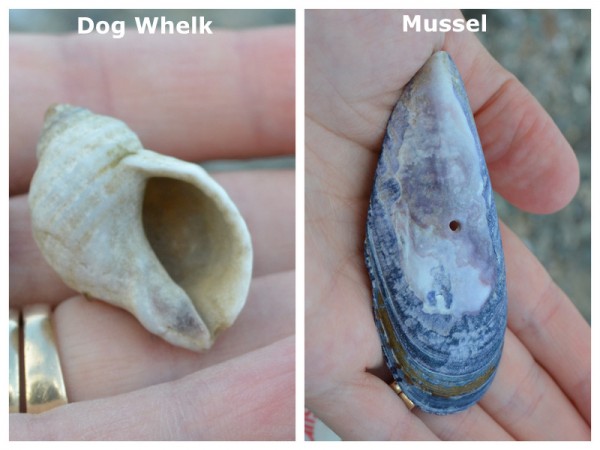


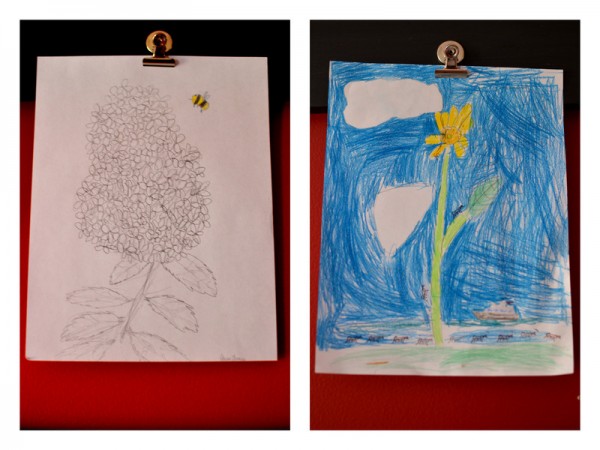






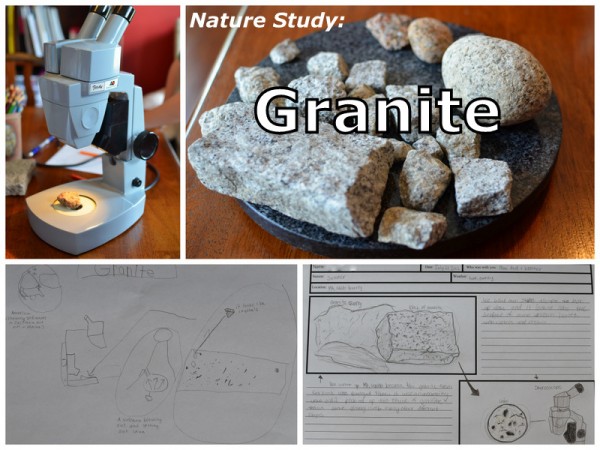
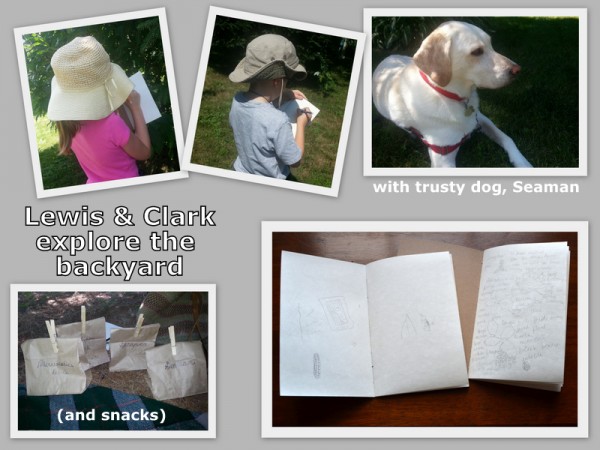

 I’ve said it before and I’ll admit it again…I love lists! They make me feel organized and productive. Lists and schedules were one way I calmed my fears as we began homeschooling. I started with a detailed spreadsheet for each week, with time slots in fifteen minute increments, including a little “M” indicating who I would be working with in every block. I know, many of you are chuckling. Go ahead! I can laugh now, too.
I’ve said it before and I’ll admit it again…I love lists! They make me feel organized and productive. Lists and schedules were one way I calmed my fears as we began homeschooling. I started with a detailed spreadsheet for each week, with time slots in fifteen minute increments, including a little “M” indicating who I would be working with in every block. I know, many of you are chuckling. Go ahead! I can laugh now, too.

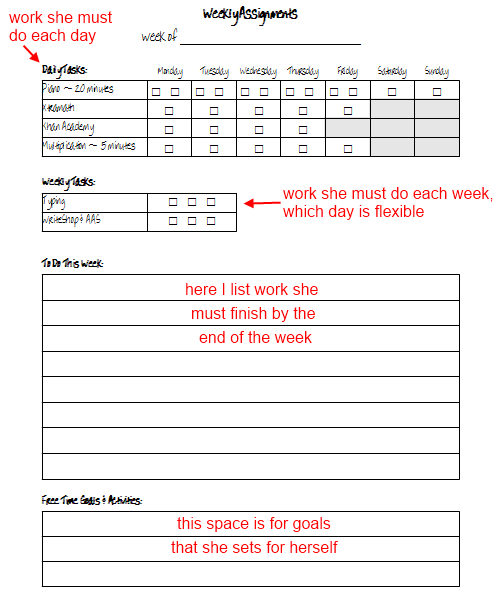







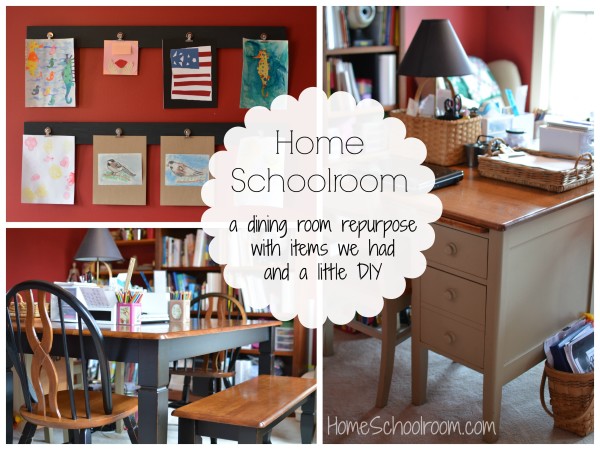






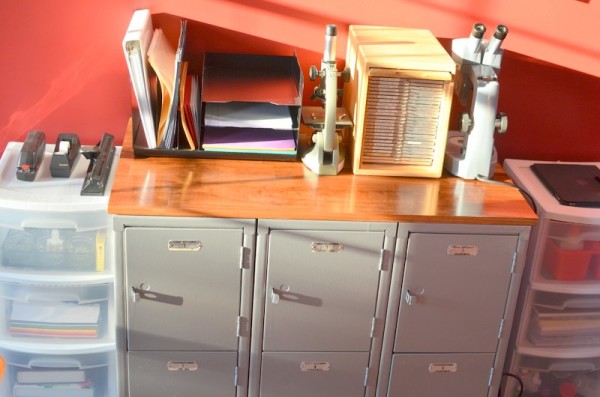



 Hi, I'm Heidi and I homeschool my two sweet kids. I want them to know that learning is an exciting lifelong adventure! We love great books, unit studies, notebooking, lapbooking, and hands-on learning.
Hi, I'm Heidi and I homeschool my two sweet kids. I want them to know that learning is an exciting lifelong adventure! We love great books, unit studies, notebooking, lapbooking, and hands-on learning.



